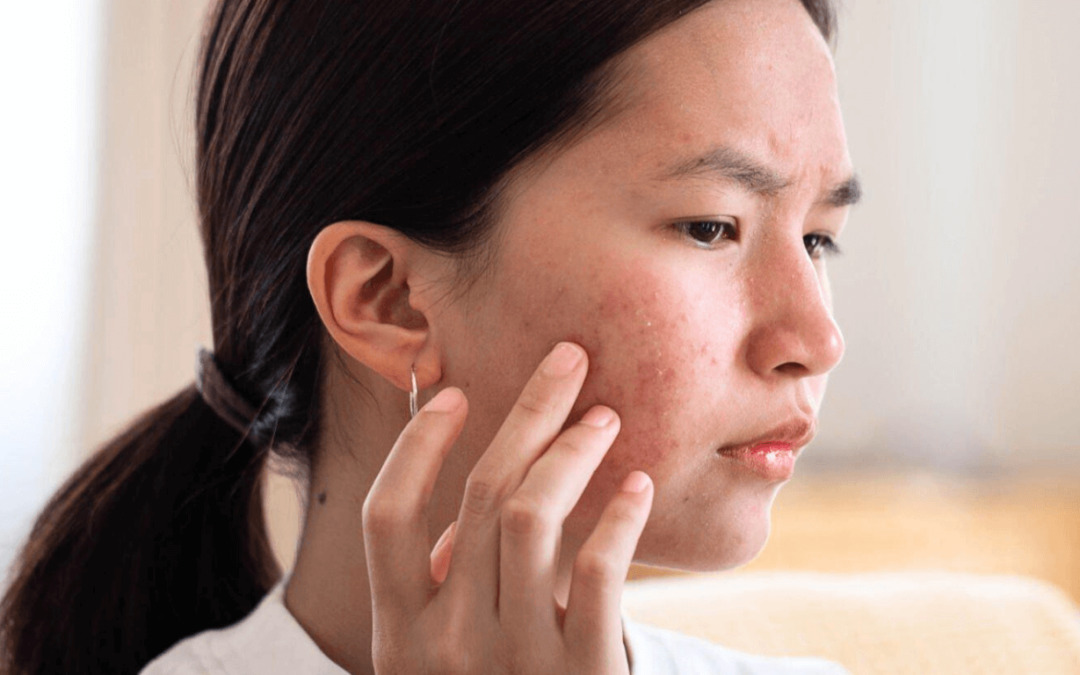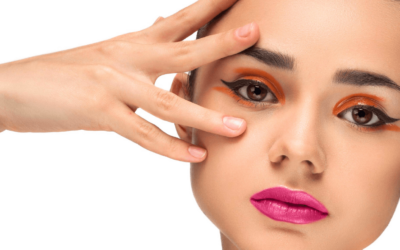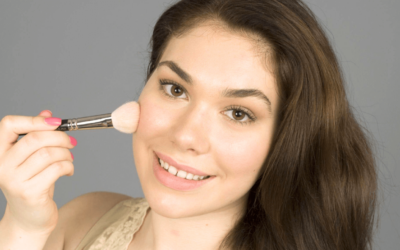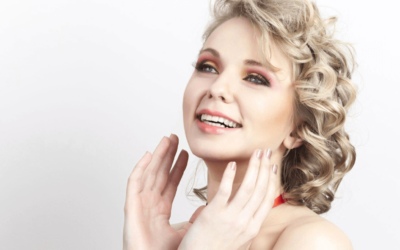Scars are reminders of our journey through life, each one telling a unique story. While embracing our scars can be empowering, there are times when we may desire a little extra confidence.
Makeup, the transformative art of self-expression, can work wonders in helping us feel our best. In this comprehensive guide, we will delve into the world of scar coverage, sharing expert tips and techniques to help you flawlessly cover scars with makeup.
So, let’s embark on a journey towards embracing your beauty and enhancing your self-confidence!
Understanding Scars: The Roadmap to Successful Coverage
Before we delve into the makeup techniques, it’s crucial to understand the nature of scars. Scars can arise from various sources, such as acne, surgery, injuries, or medical conditions.
The type and texture of scars play a significant role in determining the most suitable makeup approach. Here are some key types of scars you might encounter:
Acne Scars
Acne scars, often caused by severe acne or improper handling, can range from shallow depressions to deep pits on the skin’s surface.
Understanding the different types of acne scars, such as ice pick, rolling, or boxcar scars, helps tailor your makeup routine to their unique characteristics.
Surgical Scars
Surgical scars can be the result of life-saving operations or elective procedures. These scars are typically more linear and can vary in color and texture depending on the individual’s healing process.
Carefully concealing surgical scars requires specific techniques to ensure seamless coverage.
Injury-Related Scars
Scars caused by accidents or injuries can be unpredictable in their appearance, size, and texture. Depending on their location and severity, these scars may need specialized approaches to achieve optimal coverage.
Preparing Your Canvas: Skincare for Scar-Prone Skin
While makeup can work wonders, it’s essential to prioritize skincare for scar-prone skin. Nurturing your skin can help improve its texture, minimize discoloration, and create a smoother canvas for makeup application.
Here are some skincare tips to incorporate into your daily routine:
Cleansing and Exfoliation
Gentle cleansing and exfoliation help remove dead skin cells and promote cell turnover, aiding in scar reduction. Look for products with exfoliating agents like alpha-hydroxy acids (AHAs) or beta-hydroxy acids (BHAs) to gently slough away the top layer of skin.
Moisturization and Hydration
Hydrated skin is more supple, allowing makeup to adhere smoothly. Choose a moisturizer that suits your skin type, preferably one that contains ingredients known for their healing properties, such as aloe vera or vitamin E.
Sun Protection
UV radiation can exacerbate scar pigmentation and hinder the healing process. Apply a broad-spectrum sunscreen with at least SPF 30 daily to shield your skin from harmful rays.
Opt for physical sunscreens containing zinc oxide or titanium dioxide, which provide effective coverage.
Mastering the Art of Scar Coverage: Makeup Techniques
Now that you’ve laid the foundation with skincare, it’s time to dive into the world of makeup techniques for scar coverage. With the right products and application methods, you can achieve a natural-looking finish that restores your confidence.
Let’s explore some essential steps:
Color Correcting
Color correcting involves neutralizing the scar’s pigmentation before applying foundation. Use a color corrector that counteracts the specific undertones of your scar.
For example, green color correctors work well on red or inflamed scars, while peach or orange correctors are ideal for counterbalancing bluish or purplish tones.
Concealing with High-Coverage Foundation
Choose a high-coverage foundation that matches your skin tone and provides a long-lasting finish. Apply it sparingly, focusing on scarred areas, and blend gently using a damp makeup sponge or brush. Build up coverage gradually to avoid a heavy, cakey appearance.
Setting with Translucent Powder
To enhance the longevity of your scar coverage, set your foundation with a light dusting of translucent powder. This step helps prevent creasing, smudging, and shine throughout the day.
Contouring and Highlighting
Contouring and highlighting techniques can add dimension to your face and draw attention away from scars. Use a matte bronzer to contour areas you’d like to recede visually and a luminous highlighter to bring forward your best features.
Finishing Touches: Tips for Long-Lasting Scar Coverage
While your makeup may look flawless upon application, maintaining its longevity is crucial for all-day confidence. Consider the following tips to ensure your scar coverage remains intact:
Primer Power
A primer creates a smooth base for your makeup, allowing it to adhere better and last longer. Opt for a silicone-based primer to fill in uneven scar texture and provide a velvety finish.
Setting Spray
Seal your makeup masterpiece with a setting spray to lock it in place. Setting sprays provide a weightless, invisible shield that helps your makeup withstand humidity, heat, and everyday activities.
Touch-Up Essentials
Carry a small makeup bag with essential touch-up items, such as a concealer, powder compact, and a makeup sponge, for on-the-go touch-ups throughout the day.
Embracing Your Journey: Confidence Beyond Makeup
While makeup is a powerful tool for boosting confidence and camouflaging scars, it’s essential to remember that true self-assurance comes from within.
Embrace your journey, scars and all, as they are a testament to your strength and resilience. Use makeup as a tool to enhance your natural beauty, but never forget the unique qualities that make you who you are.
Conclusion
Covering scars with makeup is an art that combines skincare, technique, and self-expression.
By understanding your scars, prioritizing skincare, and mastering the art of makeup application, you can confidently face the world, knowing that your scars do not define you.
Embrace your journey, let your inner beauty shine, and share your story with the world. Remember, your scars are a part of you, but they do not define you.
















